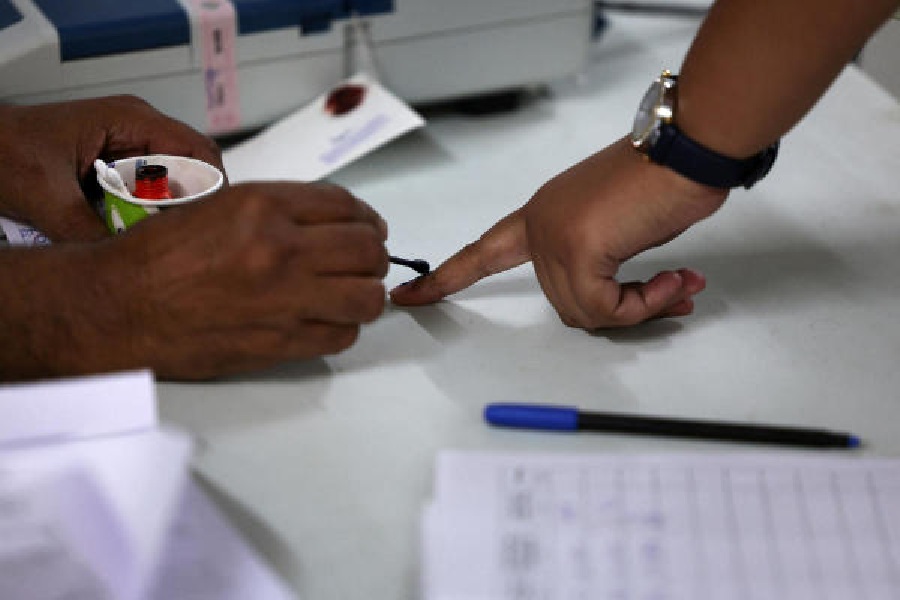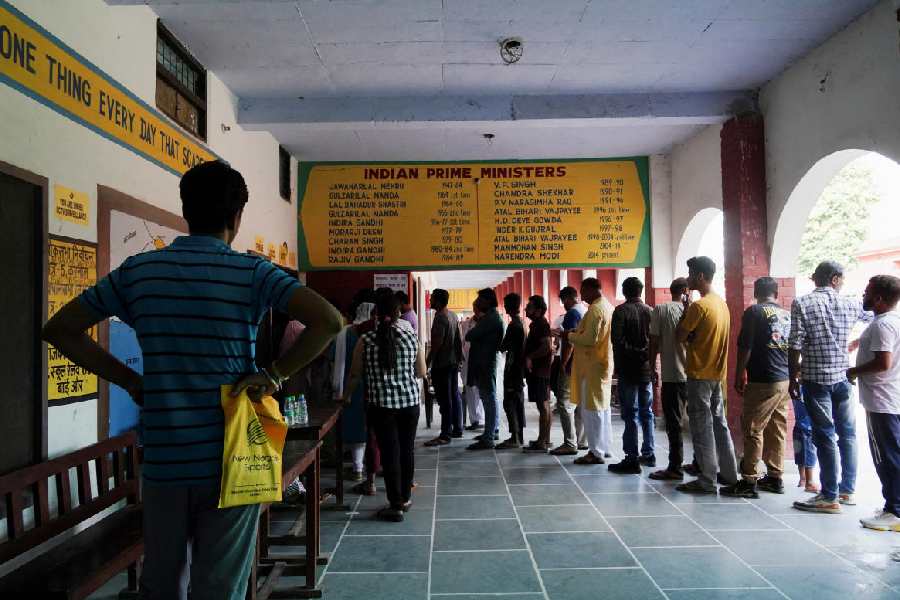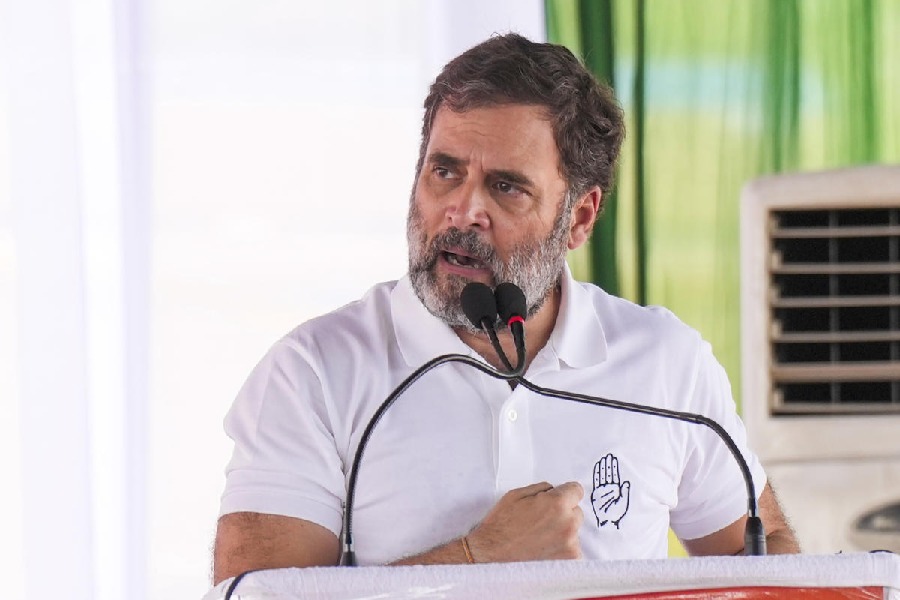The prime minister has reportedly claimed that issuing 'soil health cards' was the idea of his government. In reality, more than 50 million soil health cards had been issued to farmers across states and Union territories before March 2012. The scheme was launched to reduce the usage of and expenses incurred on fertilizers. Around 10.7 crore soil health cards were distributed in phase-I during 2015-17. The number was 3.5 crore during 2017-18.
In 2008-09, the United Progressive Alliance government had launched a National Project on Management of Soil Health and Fertility to test farm soils and encourage the use of proper fertilizers to boost soil health and productivity. In order to plug the leakages in the distribution of subsidized fertilizers, the government drew up an ambitious blueprint for reforms based on the use of three databases - land ownership records, soil health cards and Aadhaar. The aim of the scheme was to end the indiscriminate supply and use of cheap fertilizers on a large scale. Excessive use of fertilizers had degraded soil health and polluted water.
The soil health card is supposed to contain information and recommendations on the soil-nutrient status of each agricultural plot. The information would be stored in a Central database. When a farmer goes to a fertilizer shop, a point of sale machine would check the database and inform the retailer how much fertilizer should be sold to the farmer for a particular crop based on his soil health card. The aim thus was to use the soil health card database to end the indiscriminate use of fertilizers. However, by October 2017, the government had delinked the soil health card database from fertilizer subsidy delivery.
A study conducted by a consulting firm, MicroSave, on behalf of Niti Aayog concluded that "Awareness of soil health cards (SHCs) among farmers is poor as only 30% of the farmers reported being aware of SHCs. Only minuscule proportions of farmers either have an SHC (8.6%) or follow (6.2%) the recommendations provided on the SHC".
Questions galore
Farmers in Andhra Pradesh say that if they are to follow the suggestions in soil health cards, they would have to shell out twice the money on input costs. Interestingly, a government sponsored study carried out in the National Institute of Agricultural Extension Management, Hyderabad, had the following recommendations: "The existing uniform grid of 10 ha for dry lands and 2.5 ha for irrigated lands does not take into consideration the local soil variability. Grid size should be variable based on the soil variability index ... About 1454 labs exist in India, of which only 700 are equipped with micronutrient testing facilities. Although, recently agricultural departments procured about 7000 mobile kits, they are not as good as that of full-fledged labs. Very few of the labs could take up micronutrient analysis. They are neither equipped with skilled personnel or chemicals nor functional equipment. This infrastructure is grossly inadequate by any standard, given that 11 crore farmers need to be covered."
Giving farmers soil health cards to meet targets is one thing; ensuring their use is quite another. Soil characteristics change from farm to farm, depending on the cropping patterns and fertilizer use. Data on soil characteristics over larger areas can, therefore, be misleading when used to determine the inputs required on a specific plot of land.
The distribution rate of soil health cards in major states are as follows: West Bengal (6.3 per cent), Rajasthan (25.6 per cent), Assam (43.5 per cent), Bihar (9.2 per cent), Madhya Pradesh (22.7 per cent), Maharashtra (43.6 per cent). The overall distribution of soil health cards against their target is 55.53 per cent. Curiously, from Aadhaar linking to soil health cards, several welfare schemes face serious questions. The government's argument in support of soil health cards merits closer scrutiny.










